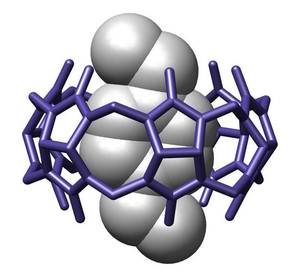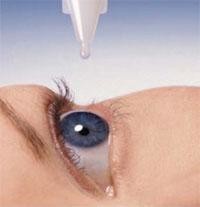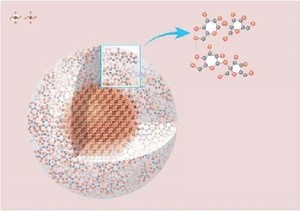Challenges associated with determining the bioequivalence of follow-on iron formulations as non-biological complex drugs (NBCDs) was a subject discussed at the US Food and Drug Administration’s Public Meeting, which was held in June 2016, as part of the agency’s FY 2016 Regulatory Science Initiatives.
Like biologicals, NBCDs consist of different (closely related) structures that cannot be fully quantitated, characterized or described by physicochemical analytical tools. The composition and quality of NBCDs are dependent on the manufacturing process and controls – just as is the case with biologicals.
Iron carbohydrate complexes are made out of different mono- or polymeric ‘sugars’, such as sucrose, gluconate, dextran, carboxymaltose, isomaltoside or polyglucosesorbitol, which stabilize the polynuclear oxyhydroxy core and affect the kinetics and (dose) tolerance of the product.
During the meeting, in a presentation by Dr Amy Barton Pai from the Albany College of Pharmacy and Health Sciences, issues related to iron formulations were discussed [1].
Dr Barton Pai pointed out that many follow-on iron sucrose products are available globally. Regulatory oversight for their development, however, varies widely, despite the fact that mandated generic switches are common.
The problem
Animal data show increased oxidative stress induction and higher tissue iron deposition with follow-on products compared to the reference product. Clinical observational studies have also demonstrated reduced efficacy and increased adverse event profiles with follow-on products compared to the reference product. Different safety and adverse event profiles have also been mechanistically linked to direct release of labile iron from the formulations.
Assays to assess labile iron release in vitro are also marred with problems ranging from the interference of agents to narrow assay ranges.
Dr Barton Pai therefore proposes to:
• Further evaluate limitations for inter-product comparison
• Study additional formulations in vitro and in vivo
• Evaluate lot-to-lot variations
• More clearly define the optimal assay for labile iron measurement both in vitro and in vivo
• Conduct further analyses to evaluate viable in vitro to in vivo correlation models for labile iron release for potential inclusion in guidance
• Carry out post-marketing surveillance of generic IV iron usage patterns and adverse events
• Make clinician aware of bioequivalence challenges
The European Medicines Agency (EMA) has issued a reflection paper for follow-on versions of iron-based nano-colloidal products in which it explains the additional data requirements for such products [2].
Conflict of interest
The author of the presentation [1] declared that there was no conflict of interest.
Editor’s comment
Readers interested to learn more about follow-on iron carbohydrate NBCDs are invited to visit www.gabi-journal.net to view the following manuscript published in GaBI Journal:
Retrospective chart review: disrupted anaemia control in haemodialysis patients following the switch to an iron sucrose similar (ISS) after long-term treatment with the originator iron sucrose (IS)
GaBI Journal is indexed in Embase, Scopus, Thomson Reuters’ ESCI and more.
Readers interested in contributing a research paper in a similar area to the GaBI Journal – an independent, peer reviewed academic journal – please send us your submission here.
Related article
Challenges in the assessment of ophthalmic emulsions
References
1. Barton Pai A. Relevant challenges in determination of bioequivalence of generic IV iron formulations. FY 2016 Regulatory Science Initiatives Part 15 Public Meeting Presentations. June 2016.
2. GaBI Online - Generics and Biosimilars Initiative. EMA issues reflection paper for follow-on versions of iron-based nano-colloidal products [www.gabionline.net]. Mol, Belgium: Pro Pharma Communications International; [cited 2016 Nov 4]. Available from: www.gabionline.net/Non-Biological-Complex-Drugs/Guidelines/EMA-issues-reflection-paper-for-follow-on-versions-of-iron-based-nano-colloidal-products
Permission granted to reproduce for personal and non-commercial use only. All other reproduction, copy or reprinting of all or part of any ‘Content’ found on this website is strictly prohibited without the prior consent of the publisher. Contact the publisher to obtain permission before redistributing.
Copyright – Unless otherwise stated all contents of this website are © 2016 Pro Pharma Communications International. All Rights Reserved.








 0
0











Post your comment